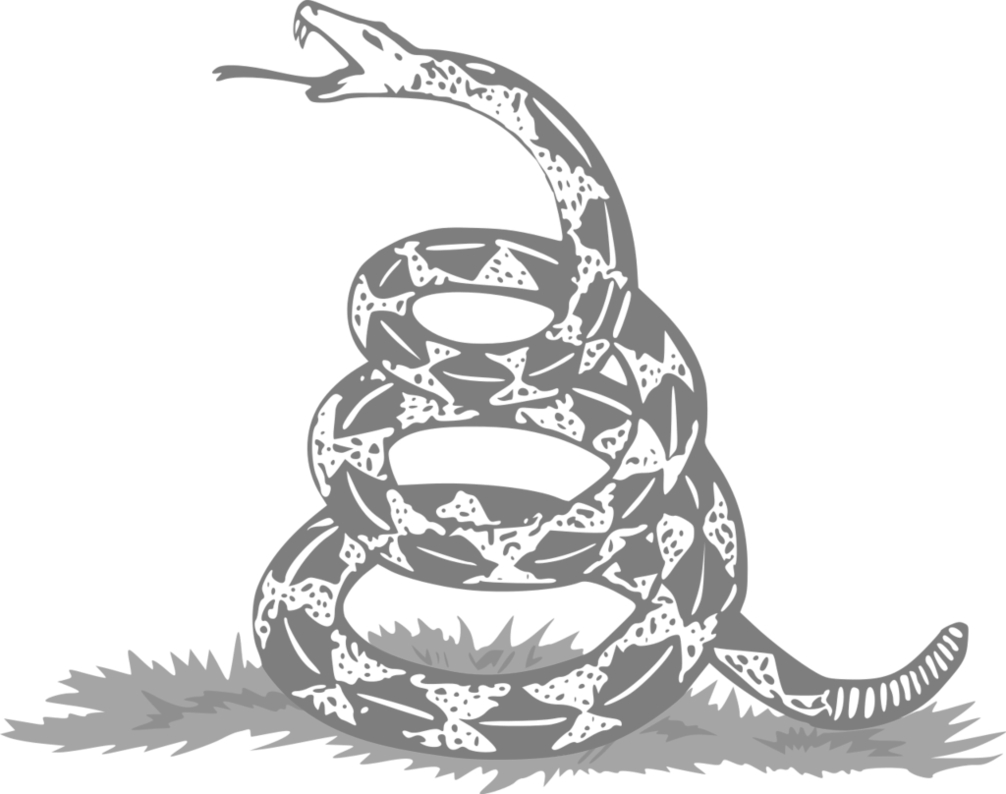A cautionary tale about war and raw materials
At the start of the American Civil War, President Abraham Lincoln ordered the Navy to blockade the ports of the Confederate states. These states declared themselves independent of the federal center, in part to preserve the institution of slavery.
As a result of the naval blockade, the export of American cotton to the Lancashire textile mills in England practically ceased, which led to a reduction in the supply of critical raw materials by 3/4. 1.5 thousand merchant ships were destroyed or captured.
The tiny quantities that got to England through the blockade (as always something and somehow crawled through) could not compensate for the sharp reduction in supplies. As a result, cotton began to be sold at prices six times higher than before the war. Cotton consumption was halved from pre-war levels, leaving hundreds of thousands of cotton mill workers out of work.
For business owners, the increase in prices was an increase in their costs. Some companies have failed and left the industry due to shrinking profits. Other mill owners turned to India to find an alternative to American cotton, which greatly increased the demand for cotton in that country. The high demand for Indian cotton led to an increase in prices: they quickly rose almost to the level of prices for American raw materials.
This promised a high income from growing cotton, Indian farmers abandoned other crops and turned to cotton instead. The same thing happened in many other countries (Brazil, Egypt).
In general, the replacement seems to have gone, but there was a problem. Only India could cover the shortage of American cotton, but Indian cotton was different from American cotton and required a completely different processing technology - and such technologies appeared in a matter of months.
As the demand for new machinery grew, Dobson & Barlow, a textile machinery manufacturer, saw its profits skyrocket (and others). We are well aware of this firm because detailed sales records have been preserved. Rising profits led to an increase in the production of these new machines and other equipment. No factory could afford to fall behind in the rearmament race, because otherwise it would not be able to use the new raw materials. And she would just have to leave the industry.
In the words of Douglas Farney[1], a specialist in the history of cotton production, "capital investment was so great that it almost amounted to the creation of a new industry."
Moral: market prices are, first of all, information about the possibilities and needs of the economy, their change creates incentives for changes that we cannot even imagine in the current conditions.
Upd. I was surprised to find that some believe that the post is about the fact that Russia will be rebuilt. No, a post about oil, gas and the EU.
Grigory Bazhenov 2022-05-05
